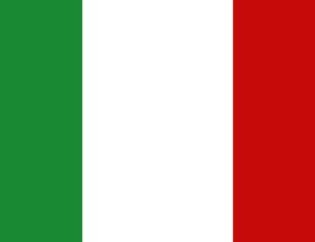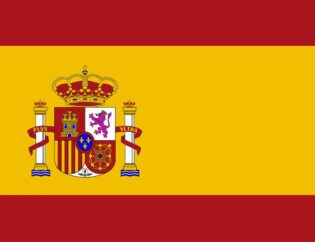
Turkey - Overview
Turkey, officially the Republic of Türkiye, is a country that straddles Eastern Europe and Western Asia. It boasts a diverse landscape, ranging from coastal plains to high central plateaus and mountainous regions. With a total area of 783,562 square kilometers, Turkey is bordered by eight countries and surrounded by seas on three sides: the Black Sea to the north, the Mediterranean Sea to the south, and the Aegean Sea to the west. Its population of approximately 83,047,706 people primarily consists of ethnic Turks, with the Kurds being the largest ethnic minority. Ankara is the capital and second-largest city, while Istanbul, the country's largest city, serves as its economic and cultural hub. Turkey has a rich history that spans from the early Neolithic period to the modern era, marked by the rise and fall of the Byzantine and Ottoman Empires. Today, Turkey is a prominent geopolitical player, known for its strategic location and cultural heritage.
Turkish Cuisine
Turkish cuisine (Türk mutfağı) is a vibrant culinary tradition shaped by a blend of Turkic, Ottoman, Mediterranean, Balkan, Middle Eastern, Central Asian, and Eastern European influences. It varies significantly across different regions, each bringing unique flavors and ingredients. Western Turkey, particularly around Istanbul, Bursa, and İzmir, features moderate use of spices, a preference for rice over bulgur, and a variety of vegetable stews and stuffed dishes. The Black Sea region is known for its extensive use of fish, especially the Black Sea anchovy (hamsi), and maize dishes. Southeastern cities like Urfa, Gaziantep, and Adana are famous for their rich array of kebabs, mezes, and sweet desserts such as baklava and künefe. Olive oil is a staple in the Aegean, Marmara, and Mediterranean regions, emphasizing vegetables, herbs, and seafood. Central Anatolia boasts specialties like keşkek, mantı (dumplings), and gözleme (stuffed flatbreads). Turkish cuisine is renowned for its balance and harmony, incorporating various meats, vegetables, grains, and spices with an emphasis on fresh, local ingredients.
Mushrooms in Turkish Kitchen
Mushrooms play a significant role in Turkish cuisine, adding depth and flavor to a variety of dishes. The most commonly used mushrooms in Turkish cooking include:
- Morel mushrooms: Known for their unique, honeycomb-like appearance and earthy flavor, they are a prized ingredient in many dishes.
- Chanterelles: With their distinctive golden color and delicate taste, chanterelles are often used in soups and sauces.
- Porcinis: These mushrooms are valued for their rich, nutty flavor and are commonly used in stews and risottos.
These mushrooms are often foraged from Turkey's diverse landscapes, bringing the rich flavors of the forests into Turkish kitchens.
Turkish Dishes with Mushrooms
Mushrooms are featured in various traditional Turkish dishes, enhancing their flavors and textures. Some notable Turkish dishes with mushrooms include:
- Mantı: These are Turkish dumplings typically filled with meat and mushrooms, served with a garlic yogurt sauce and drizzled with melted butter and paprika.
- Stuffed mushrooms: Large mushrooms stuffed with a mixture of herbs, cheese, and sometimes meat, then baked until tender and flavorful.
- Meze with mushrooms: A variety of small, flavorful dishes served as appetizers, often including marinated mushrooms or mushroom salads.
These dishes highlight the versatility and importance of mushrooms in Turkish cuisine, making them a staple in many Turkish restaurants and homes. The use of mushrooms not only enhances the flavor of the dishes but also connects to Turkey’s rich culinary heritage and appreciation for natural, local ingredients.











